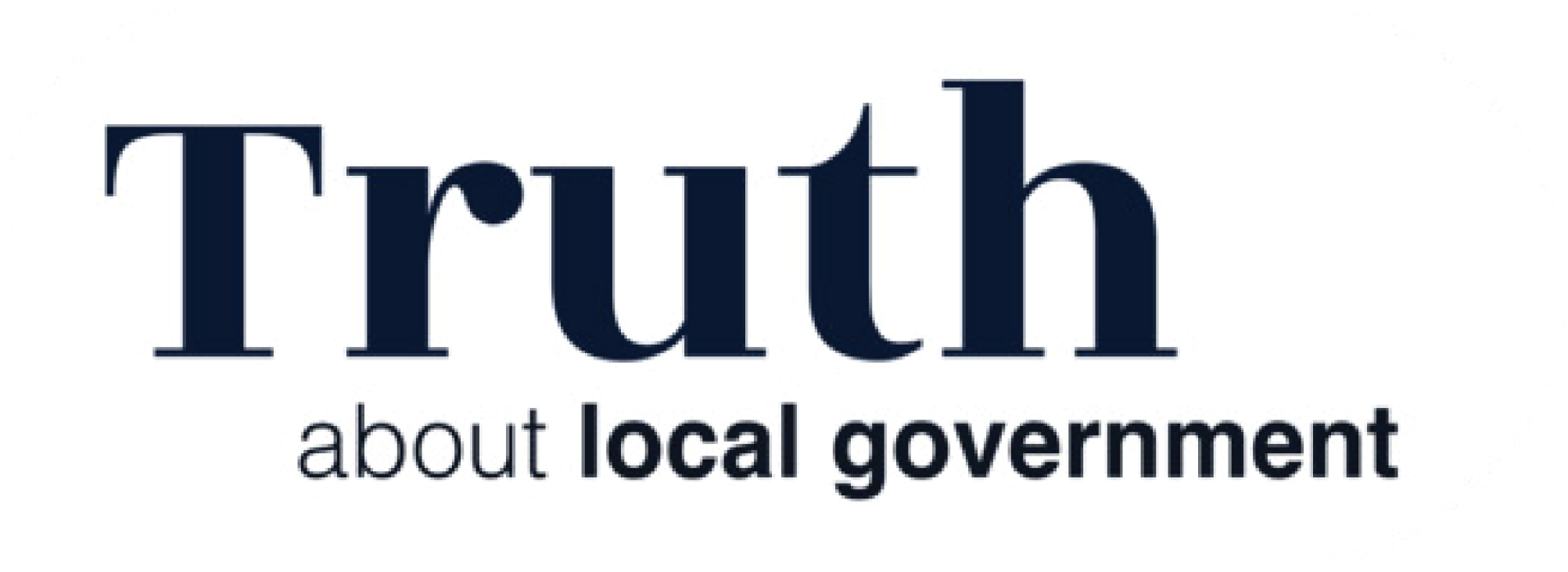Capability Profiling: Your Secret Weapon for NED and Chair Success
- truthaboutlocalgov
- May 24
- 5 min read
For officers and elected members in local government, the transition to a Non-Executive Director (NED) or Chair role can feel like stepping into a new world. But in reality, the skills, experience, and values developed in public service are not only relevant—they are in high demand. The challenge lies in how you present them.

That’s where capability profiling comes in. It’s a structured way to assess your strengths, identify development areas, and align your experience with the expectations of board roles. Whether you’re applying for your first NED position or stepping up to Chair, a clear capability profile can set you apart. This blog explores what capability profiling is, why it matters, and how local government professionals can use it to unlock boardroom opportunities.
What Is Capability Profiling?
Capability profiling is the process of mapping your skills, behaviours, and experience against a defined set of competencies. It helps you understand:
What you’re good at
Where you add value
What gaps you may need to address
How your experience aligns with board-level roles
It’s not just a CV exercise—it’s a reflective, strategic tool that helps you position yourself effectively.
“Capability profiling is about knowing your value—and being able to communicate it with clarity and confidence.” – Dr. Penny Tamkin, leadership development expert
Why It Matters for NED and Chair Roles
Board appointments are increasingly competency-based. Recruiters and selection panels want to see evidence of specific capabilities—such as strategic thinking, governance, financial oversight, and stakeholder engagement.

A well-developed capability profile helps you:
Tailor your applications to each role
Prepare for interviews with confidence
Identify development needs
Demonstrate self-awareness and leadership maturity
For local government professionals, it’s also a way to translate public sector experience into boardroom language.
The Core Capabilities for NEDs and Chairs
While frameworks vary slightly across sectors, most NED and Chair roles are assessed against a common set of capabilities. These typically include:
Strategic Thinking
Boards need people who can see the bigger picture, challenge assumptions, and contribute to long-term planning.
Local government link: Officers and members routinely engage in strategic planning, policy development, and service transformation.
“Strategy is not about predicting the future—it’s about preparing for it.” – Michael Porter, strategy expert
Governance and Risk Oversight
Understanding governance frameworks, compliance, and risk management is essential.
Local government link: You already operate within complex governance structures and are accountable to the public, regulators, and auditors.
Financial Acumen
Boards expect NEDs and Chairs to understand financial reports, budgets, and sustainability.
Local government link: Many officers and members oversee significant budgets, procurement, and financial scrutiny.

Stakeholder Engagement
Boards need people who can build relationships, communicate effectively, and manage diverse interests.
Local government link: You engage with communities, partners, and political stakeholders every day.
Leadership and Influence
Chairs in particular must lead the board, manage dynamics, and support the executive team.
Local government link: Committee chairs, portfolio holders, and senior officers already lead in complex, high-stakes environments.

Ethical and Inclusive Leadership
Integrity, transparency, and inclusion are non-negotiable in modern governance.
Local government link: These values are embedded in public service and central to your professional identity.
How to Build Your Capability Profile
Creating a capability profile doesn’t require a special template—it’s about structured reflection and evidence gathering. Here’s a step-by-step approach:
Step 1: Choose a Framework
Use a recognised capability framework as your starting point. Options include:
The NHS Fit and Proper Person Test
The Financial Reporting Council’s Board Effectiveness Guidance
The Institute of Directors’ Competency Framework
Your own council’s leadership or competency framework
Choose one that aligns with the type of board you’re targeting.
Step 2: Self-Assess Honestly
Rate yourself against each capability—honestly and constructively. Use a scale (e.g. 1–5) and reflect on:
What evidence do I have of this capability?
In what contexts have I demonstrated it?
What feedback have I received?

Step 3: Gather Evidence
For each capability, identify 1–2 examples from your local government experience. Use the STAR method (Situation, Task, Action, Result) to structure your evidence.
Example:
Capability: Strategic Thinking
Example: Led the development of a borough-wide climate action plan, aligning with national policy and engaging multiple stakeholders.
Step 4: Identify Gaps and Development Areas
No one is perfect. Use your profile to identify areas for growth. This might include:
Gaining more financial experience
Chairing a board or committee
Deepening sector-specific knowledge
“Self-awareness is the foundation of leadership. Capability profiling helps you see yourself clearly—and grow intentionally.” – Professor Beverly Alimo-Metcalfe, leadership psychologist
Step 5: Tailor Your Applications
Use your capability profile to craft targeted applications. Align your experience with the role specification and use your evidence to demonstrate impact.

Common Capability Gaps—and How to Address Them
Many aspiring NEDs and Chairs from local government share similar development needs. Here’s how to tackle them:
1. Financial Confidence
If you’re not from a finance background, consider:
Taking a short course in financial literacy
Joining an audit or finance committee
Shadowing a finance lead
2. Commercial Awareness
To build commercial insight:
Engage with LATCOs or council-owned companies
Attend sector briefings or webinars
Read annual reports from organisations you admire
3. Boardroom Experience
If you haven’t served on a board:
Start with a charity, housing association, or school trust
Volunteer for a governance role in a partnership or regional body
Ask to observe a board meeting

Capability Profiling in Practice: A Local Government Case Study
Sarah, a senior officer in a metropolitan council, wanted to apply for a NED role in a housing association. She used a capability framework to assess her readiness.
Strategic Thinking: Strong—led the council’s housing strategy
Governance: Strong—served on the corporate governance board
Financial Acumen: Moderate—oversaw budgets but not deeply involved in financial reporting
Stakeholder Engagement: Strong—regularly engaged with tenants, councillors, and developers
Leadership: Strong—managed a large team and chaired cross-sector partnerships

She identified a gap in financial confidence and took a short course in interpreting financial statements. Her capability profile helped her tailor her application—and she was appointed.
Final Thoughts: Know Your Value, Show Your Value
Capability profiling is more than a box-ticking exercise. It’s a powerful way to:
Understand your strengths
Communicate your value
Prepare for interviews
Plan your development
For local government professionals, it’s also a way to translate your rich, complex experience into the language of the boardroom.
“Local government officers and members bring a deep understanding of public value, governance, and leadership. Capability profiling helps them tell that story with clarity and confidence.” – Deborah Cadman OBE

Download a capability framework and start your self-assessment
Join a governance network or NED development programme
Seek feedback from mentors, colleagues, or board members
Update your CV and LinkedIn to reflect your capabilities
Apply with confidence—you’re more ready than you think



